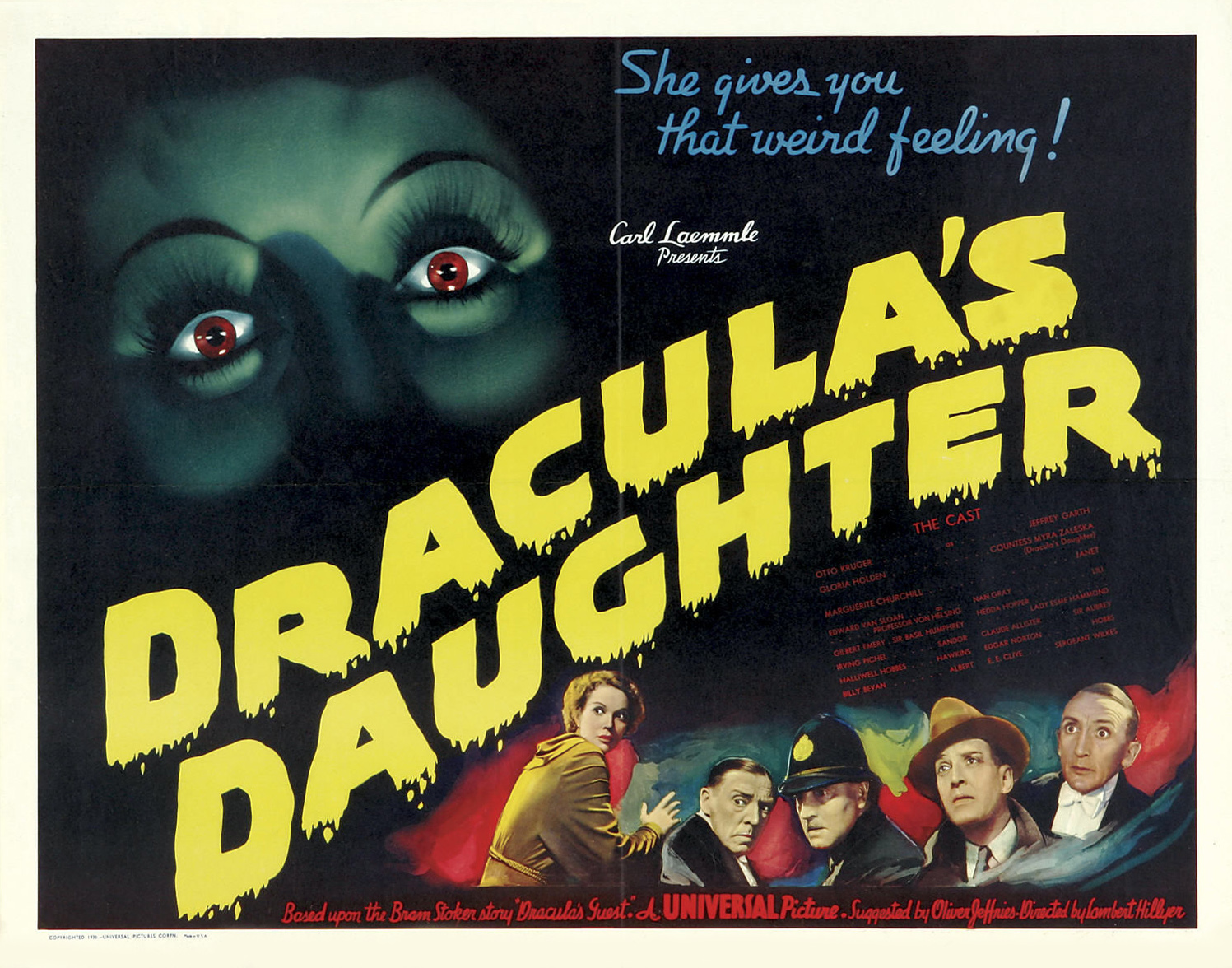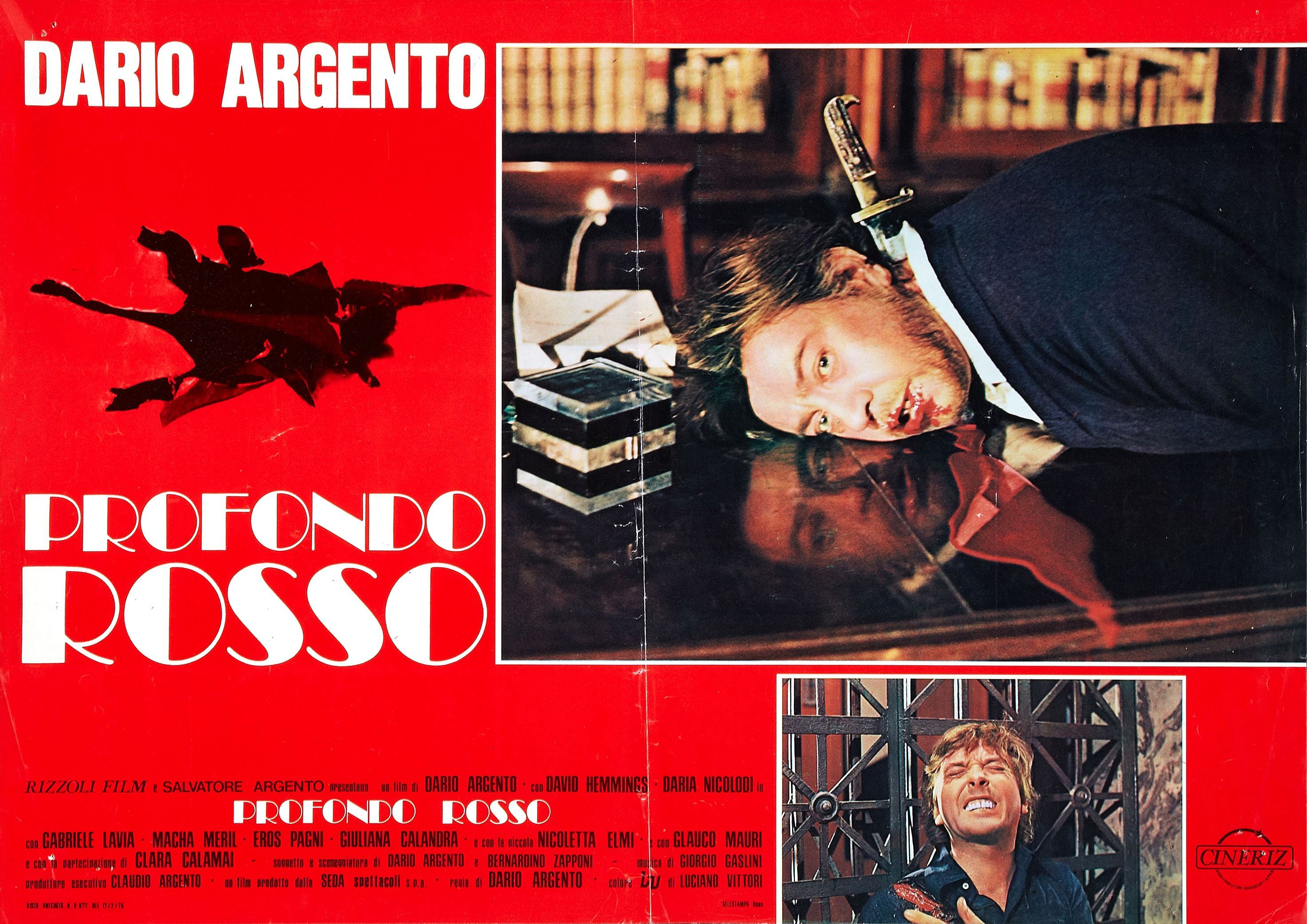
31+ Days of Horror. 33 Horror Movies. 33 Reviews. Hooptober Challenges and Bonus Tasks.
View my 2016 Cinema Shame/Hoop-Tober Watch Pile Shame-a-thon Statement here.
Nature of Shame:
Unwatched Scorpion DVD Blu-ray
Hoop-tober Challenge Checklist:
Decade – 1970’s
Animals Gone Wild
The Advance Word: The narrow sub-genre of “conservation horror” offers a narrow bandwidth of thrills. I expect animals to attack people and people to react like idiots.


#16. Day of the Animals (1977)
The challenges for El Cinemonster’s Hoop-Tober 3.0 included watching three “Animals Gone Wild” movies. It’s not my favorite genre, but maybe I just haven’t seen the right flicks. Unlike the laundry list of werewolf movies that disappoint me at every turn, I’ve only seen a couple of films belonging to this sub-genre of horror. The Blu-ray.com forum switchboard lit up when Scorpion announced Day of the Animals on Blu-ray. I get sucked into these vortexes of nostalgic appreciation and therefore ordered my own copy.
What am I missing, folks?

The basic tenent of the sub-genre — humans are horrible creatures that can’t help but destroy nature and now nature is taking its pound of flesh — makes perfect sense. I see these films as the global warming equivalent of Godzilla (1954). Godzilla came to be in the wake of nuclear fallout. Day of the Animals came to be in the wake of conservation awareness. Who got the short end of the stick here?
City folk go camping, become the prey for mountain lions, bears, vultures, snakes, hawks, etc. Hardly any difference between this and a healthy bit of slashing… except for one main aesthetic issue. Most of Day of the Animals takes place in daylight. And it’s not scary. Okay. It’s not even, like, tense. In fact it’s sooooo not tense that it’s funny, right down to its simple shots of bloodthirsty critters staring off in the distance and absorbing all that excess UV light that’s making them violently aggressive. When Day of the Animals first showcased some vultures staring down with obvious ill intent, I just couldn’t…
Low budget horror films embrace darkness. Darkness provides cheap thrills and masks sparse sets, cheap costumes, crappy gore effects, and so on and so forth. That Day of the Animals takes place predominantly during the day means that these special effects, like matting and forced perspective have nowhere to hide.

Don’t get me wrong. I’m down with crappy movies. So down. Day of the Animals, however, presents itself straight, no chaser. In fact, at one point, it almost convinced me that its aim was higher than that of the B-/C+ student that giggles at penis jokes in math class. I blame Lalo Schifrin. I don’t get to say that very often because Lalo’s a sonic f’ing master of cinematic jams. Sample “Frances’ Theme” from the Day of the Animals:
A solid score legitimizes bad cinema. If you have someone like Lalo Schifrin scoring your film, you have expectations. The $1.2million budget also suggests expectation. And I’m forced to ask: What’s your ambition, Day of the Animals? Your animal attacks offer high comedy, not suspense. All these humans are terrible. Good riddance. We’re rooting for the animals. Is that the thrill? Animalistic role playing? Are we actually embracing our inner Furry?
The inarguable climax of the movie takes place when shirtless Leslie Nielsen wrestles a bear… with fifteen minutes left in the film. This is the reason to watch Day of the Animals. Something less than 30 seconds of cinema. I know what you’re thinking. “Don’t I need the character development? The turn of events that leads to this moment?”
No. You don’t, so don’t clutter the image with backstory.
You just need to know that a shirtless Leslie Nielsen gets charged by a bear… and he charges back… and then the combatants embrace in a battle to the death. I’m forced to consider whether modern audiences have embraced this film more so than contemporary critics due to the incongruous appearance of Leslie Nielsen as an executive/hiker/rapist/bear brawler. Certainly fans weaned on his later-career comic films would find this sort of absurdity anomalous.

Final Thoughts:
Progressive 1977 notions of global warming and conservation aside, Day of the Animals succeeds in offering little more than ironic entertainment (that vulture attack, tho!) and the reinforcement of my own personal belief that camping really sucks.
30Hz Movie Rating:

LESLIE NIELSEN FIGHTING A BEAR! Rating:

 Blu-ray Verdict: I might keep it as a curiosity, but I feel bad depriving a Day of the Animals lover of their right to own this excellent Blu-ray release.
Blu-ray Verdict: I might keep it as a curiosity, but I feel bad depriving a Day of the Animals lover of their right to own this excellent Blu-ray release.
Availability: Scorpion’s Day of the Animals Blu-ray is Out of Print, but a DVD version remains available.
Earlier 2016 31 Days of Horror entries: #1. Vampyros Lesbos / #2. A Chinese Ghost Story / #3. The Haunting of Morella / #4. Delirium (1972) / #5. A Lizard in a Woman’s Skin / #6. She-Wolf of London / #7. Son of Frankenstein / #8. Killerfish / #9. The Bride of Re-Animator / #10. A Bay of Blood / #11. The Seventh Victim / #12. The Fly (1958) / #13. The Fly (1986) / #14. Deep Red / #15. Dracula’s Daughter








 DVD Verdict: I need to see this on Blu-ray. While the print appears to be great shape on this Dracula: Complete Legacy Collection set, the deep blacks would benefit from greater 1080p detail. It should be a stunner.
DVD Verdict: I need to see this on Blu-ray. While the print appears to be great shape on this Dracula: Complete Legacy Collection set, the deep blacks would benefit from greater 1080p detail. It should be a stunner.







 Blu-ray Verdict: I’m still sifting through the extras on Arrow Films’ now OOP Deep Red 3-disc Limited Edition. I can’t get enough Deep Red. The new 4K restoration looks immaculate, and this set (complete with Goblin soundtrack CD) just became one of the favorites on my shelf.
Blu-ray Verdict: I’m still sifting through the extras on Arrow Films’ now OOP Deep Red 3-disc Limited Edition. I can’t get enough Deep Red. The new 4K restoration looks immaculate, and this set (complete with Goblin soundtrack CD) just became one of the favorites on my shelf.